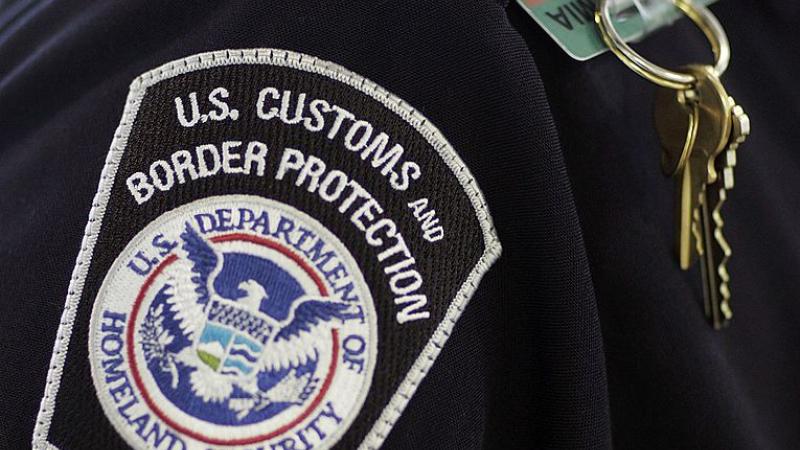Fed watchdog finds Bombing Prevention Office needs to improve capabilities to counter IEDs
Agency must improves its management to help protect U.S. protest against the threat posed by IED attacks, the OIG report warns.
A federal watchdog report is warning that a Department of Homeland Security agency must improve efforts to protect Americans against improvised explosive devices, commonly known as IEDs.
The report by the Department of Homeland Security's Office of the Inspector General concluded the Cybersecurity and Infrastructure Security Agency's Office for Bombing Prevention must improve management effort to protect against IED's at the local, state and national levels – considering the proliferation and complexity of IED's since the Sept. 11, 2001, terrorist attacks .
DHS defines an IED as a homemade bomb that can come in many forms – from a small pipe bomb to a sophisticated device capable of causing massive damage and loss of life. Elements of an IED include an initiator, switch, main charge, power source, and a container. They be surrounded by or packed with additional materials such as nails, glass or metal fragments to increase the amount of shrapnel propelled by the explosion.
The IG report notes that in recent decades IEDs have grown in frequency and complexity, thus becoming "a priority threat to national security."
In February 2013, under the Obama administration, national policy was set to counte IEDs, also know as C-IED efforts.
The four strategic goals under that measure the federal Bomb Protection office is supposed achieve are:
- Reduce adversaries' access to IED materials.
- Disrupt IED facilitation networks and interdict plots before threats become imminent.
- Safeguard people, protect critical infrastructure and soft targets, and minimize consequences of IED incidents.
- Enhance coordination and capacity-building to increase the impact and sustainment of the C-IED mission.
According to the report, OBP has not developed a policy regarding "its roles and responsibilities in leading CIED efforts across" DHS, which has led to such lapses as not tracking milestone completion dates as required.
The 18-page report also states OBP has fallen short on managing "component participation" – which essentially means it has failed to make stakeholders with the four key 2013 mandate or insure those attached to them "are regularly participating" in the process.
The report also concluded OBP doesn't have an adequate policy or procedure in place that requires contacting first-responder units to update their CIED capability data and as a result "doesn't have the necessary data to assess and report on national, regional, and state C-IED capabilities."
The report also concluded OBP does not incorporate vital data from its programs and training into its capability assessments. In addition, the agency cannot generate automated C-IED capability reports to identify national, regional and state C-IED gaps because in part its systems are not integrated across all of those levels.
"Until OBP improves its management of DHS' C-IED efforts and its assessment of C-IED capabilities, it cannot effectively build awareness and help protect the Nation against the threat posed by IED attacks," the report warns.
The Homeland Security inspector general recommends that CISA creates a policy that clearly explains OPB's daily responsibilities in leading the 2013 order – known as Presidential Policy Directive 17 – to coordinate and implement efforts across DHS.
The Cybersecurity and Infrastructure Security Agency's Office agreed with the recommendations, according to the report.

















